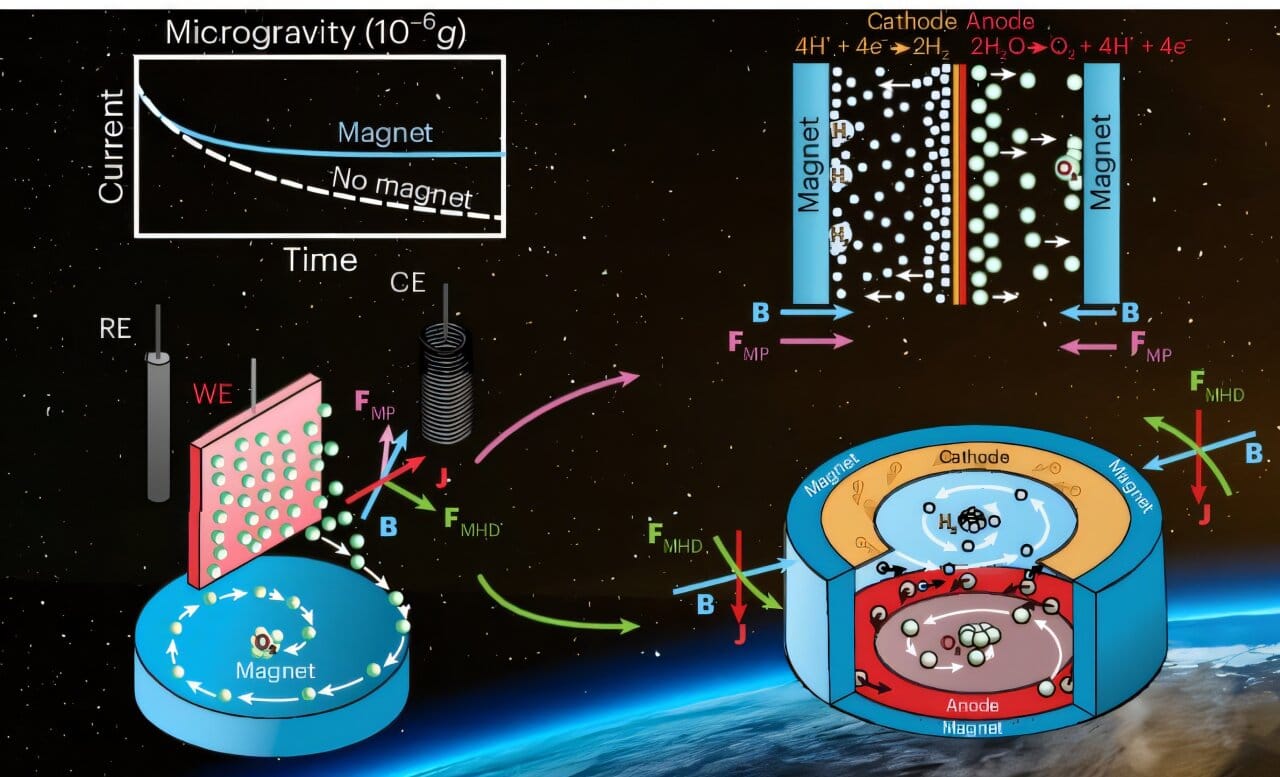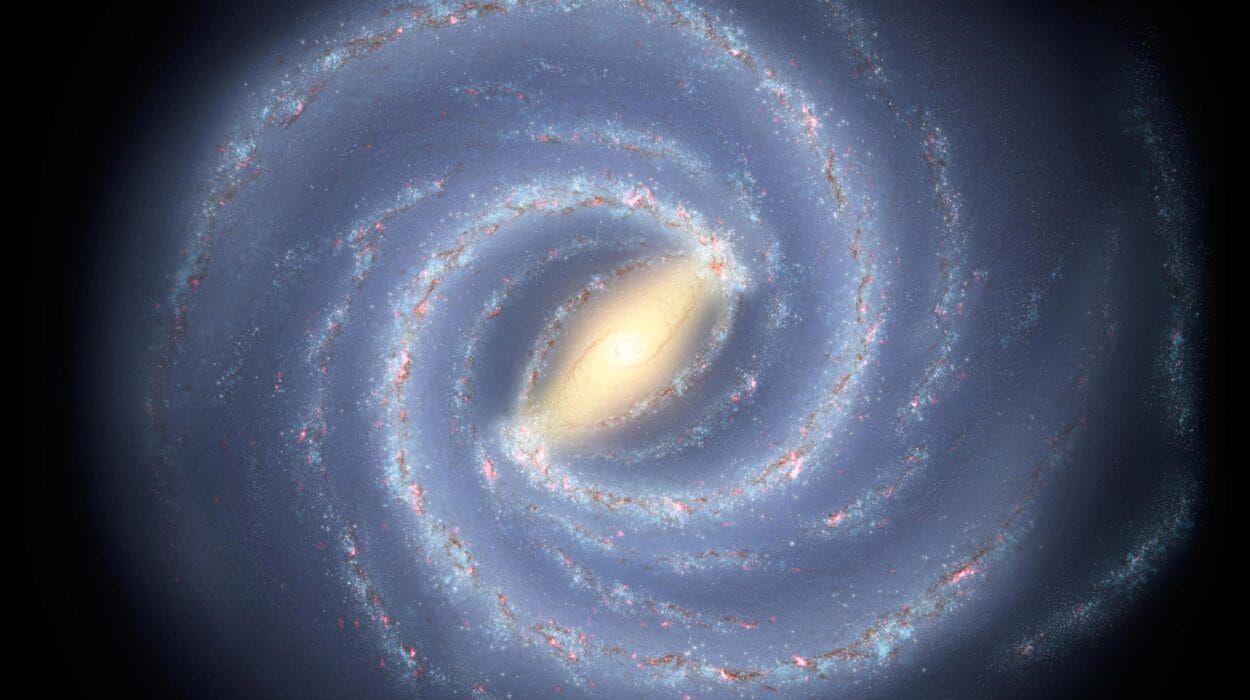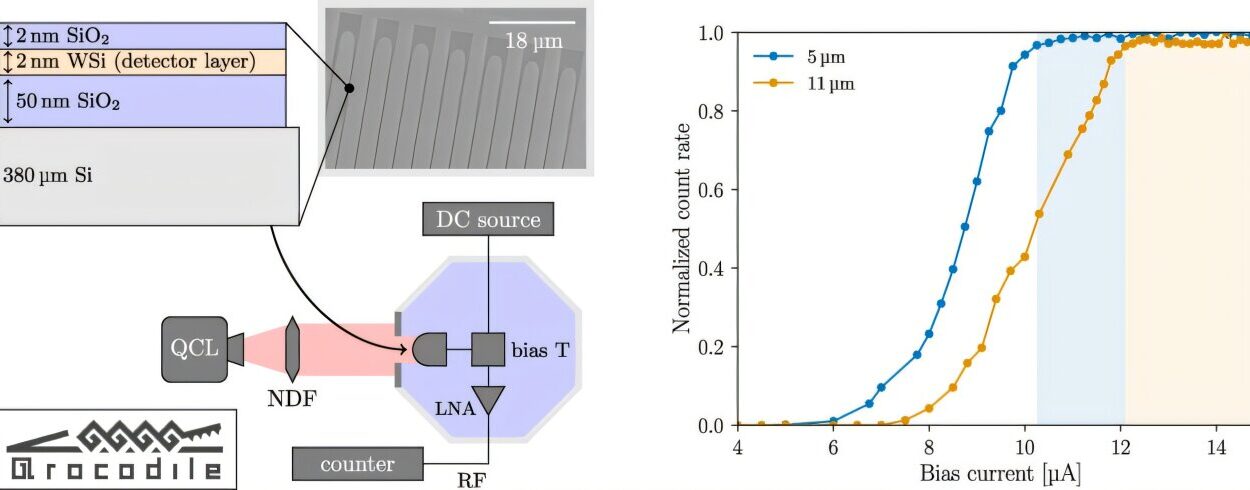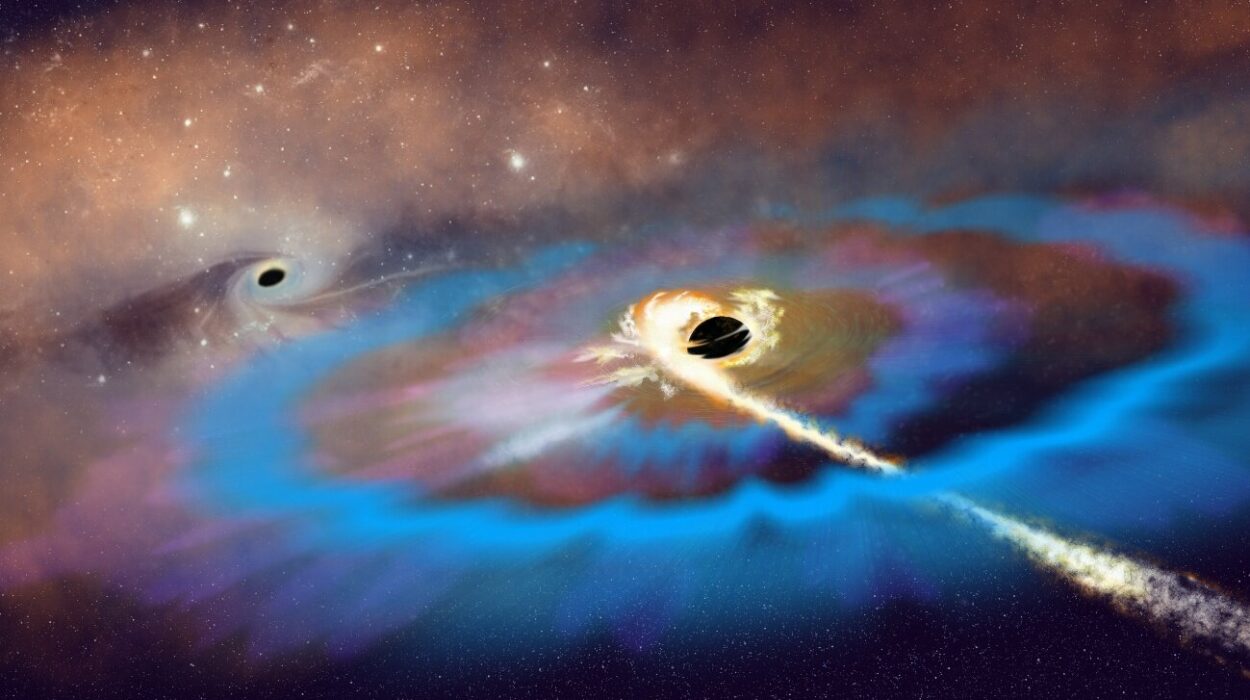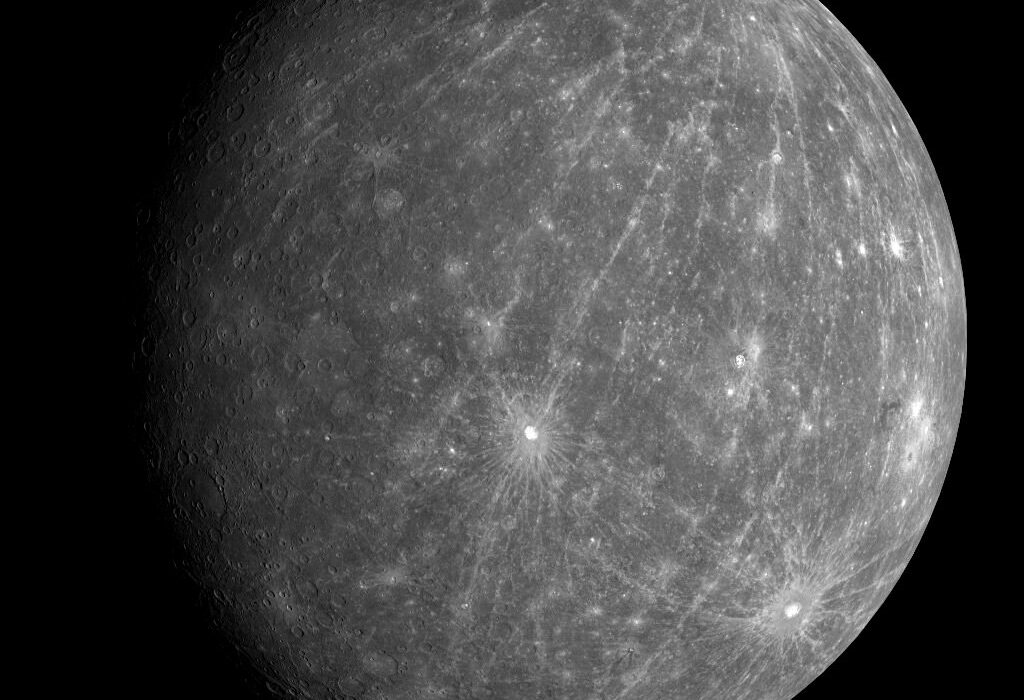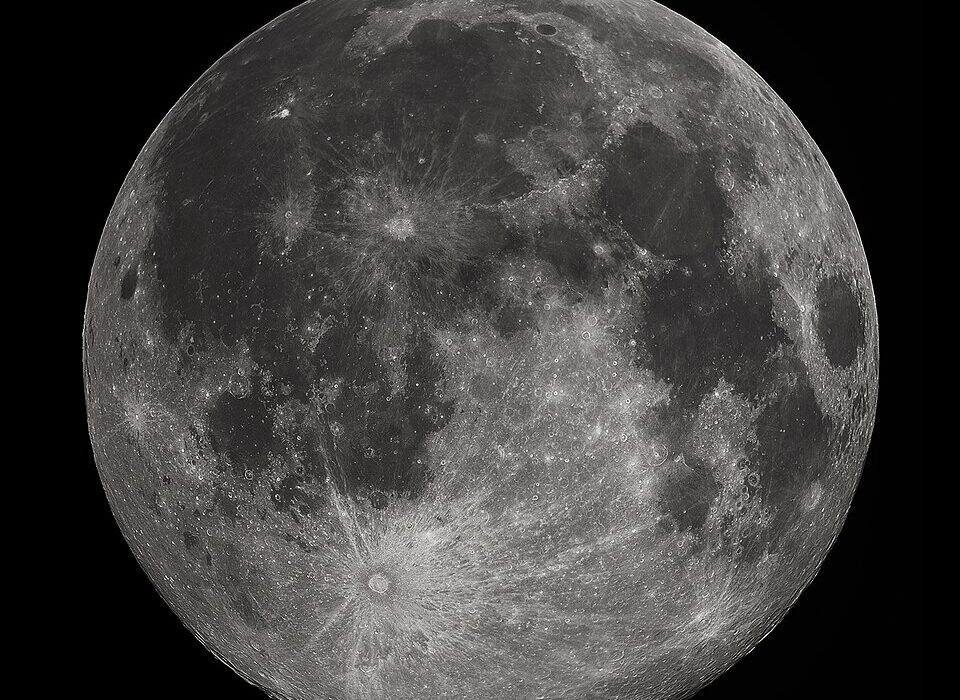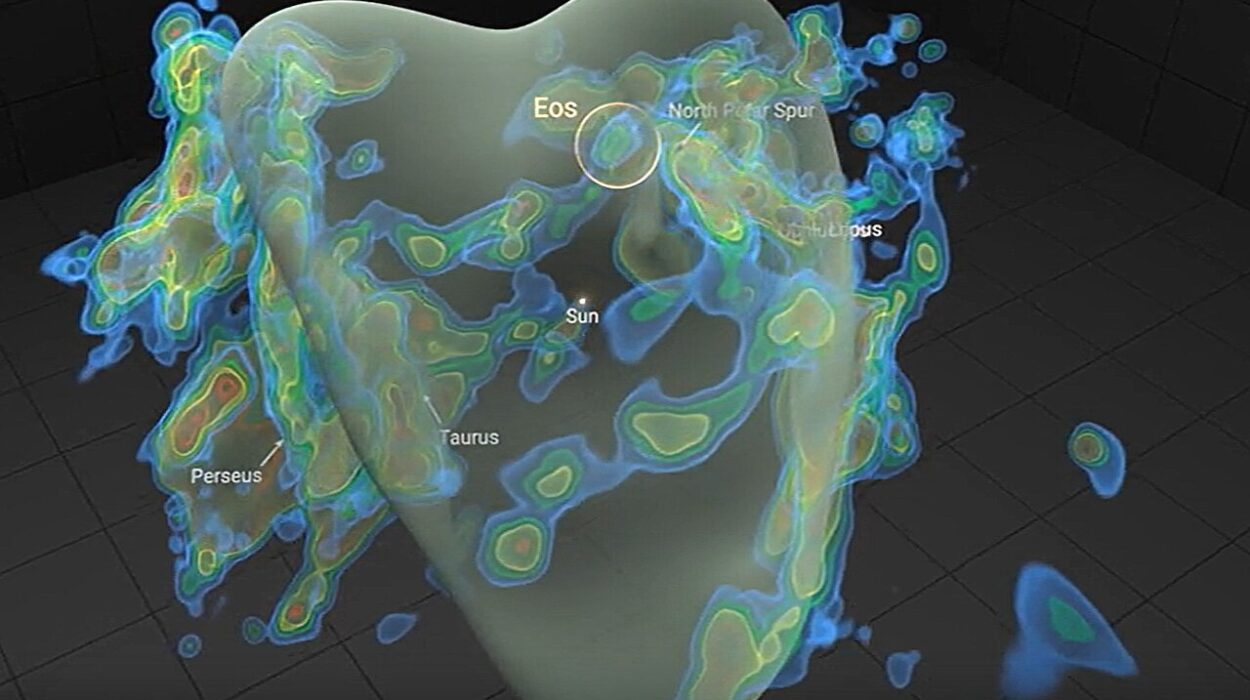When Yuri Gagarin orbited the Earth in 1961, the world celebrated humanity’s first leap into the cosmos. Yet behind the triumph of that moment was a problem that still lingers more than sixty years later: how do we reliably and efficiently produce oxygen in space?
Oxygen is the very essence of life, but in the vacuum of space it is a precious resource. On the International Space Station (ISS), astronauts rely on complex machines to split water into hydrogen and oxygen—a process called electrolysis. These machines keep them alive, but they are far from perfect. They are heavy, consume large amounts of power, and require constant maintenance. For short stays in low Earth orbit, this is manageable. But for the ambitious journeys ahead—to the Moon, Mars, and beyond—this solution is neither practical nor sustainable.
Now, an international team of researchers has unveiled an approach that could change everything. Their idea is beautifully simple: use magnetism to separate oxygen and hydrogen in microgravity. This breakthrough could make life support systems in space lighter, more efficient, and far more reliable.
Why Oxygen Is Harder to Make in Space Than on Earth
On Earth, producing oxygen through water electrolysis is straightforward. Electrodes submerged in water split the molecules into hydrogen and oxygen gas. These bubbles rise to the surface naturally, guided by buoyancy. Gravity does all the work.
In the weightlessness of space, however, gas bubbles don’t float. They cling stubbornly to the electrodes or drift aimlessly in the liquid. This makes the electrolysis process inefficient and forces engineers to use complicated fluid management systems. Pumps, centrifuges, and moving parts are employed to push bubbles away and keep the process going. These systems are bulky and energy-hungry—serious drawbacks when every kilogram of equipment and every watt of electricity is precious cargo in space.
For decades, engineers have accepted these compromises as unavoidable. But what if the bubbles could be moved without any mechanical parts at all?
Magnetism: A Surprising and Elegant Solution
This is exactly what the team from the University of Warwick, the Center of Applied Space Technology and Microgravity (ZARM) in Bremen, and the Georgia Institute of Technology has shown. Their research, published in Nature Chemistry, demonstrates that magnetic fields can perform the task usually reserved for gravity—separating gas bubbles from water in a microgravity environment.
Professor Katerina Brinkert, who leads human space exploration technologies research at ZARM, explained the significance:
“We were able to prove that we do not need centrifuges or any mechanical moving parts for separating the produced hydrogen and oxygen from the liquid electrolyte. We do not even need additional power. Instead, it is a completely passive, low-maintenance system.”
Instead of fighting against microgravity with machines, the researchers turned to a force that is already everywhere: magnetism.
How It Works: Turning Physics into Life Support
The researchers developed two complementary approaches, both relying on magnetic forces.
In the first method, they used the fact that water itself is weakly magnetic. In microgravity, magnetic fields can guide oxygen and hydrogen bubbles to designated collection points. This process mimics the role of buoyancy on Earth, but instead of gravity pulling bubbles upward, magnets gently push them where they need to go.
The second method takes advantage of magnetohydrodynamic forces—the interaction between magnetic fields and the electrical currents generated during electrolysis. When applied in the right way, this interaction creates a swirling motion in the liquid, almost like stirring it without a spoon. This movement naturally sweeps bubbles away from the electrodes, achieving the same separation that centrifuges provide on the ISS but without moving parts or wasted power.
Dr. Álvaro Romero-Calvo from Georgia Tech, who first developed the idea in 2022, emphasized the leap forward this represents:
“Our team was able to prove that magnetic forces can feasibly control electrochemical bubbly flows in microgravity, departing from the state-of-the-art in low-gravity fluid mechanics and enabling future human spaceflight architectures.”
In other words, the team demonstrated that physics could replace mechanics—and that makes all the difference in space.
From Idea to Experiment: The Drop Tower Tests
To prove the concept, the researchers needed to replicate microgravity conditions here on Earth. For that, they turned to one of Europe’s most remarkable facilities: the Bremen Drop Tower.
At this unique site, experiments are dropped from a height of 146 meters, providing several seconds of near-weightlessness. It’s a brief window, but enough to observe how gas bubbles behave in the absence of gravity.
During multiple Drop Tower campaigns, the Warwick and ZARM teams tested specially designed electrolysis cells fitted with magnets. They fabricated some of their own electrode materials to ensure the tests were accurate. The results were stunning. Magnetic forces not only detached bubbles more efficiently but also improved the overall performance of the electrochemical cells by as much as 240%.
Dr. Shaumica Saravanabavan, a Ph.D. researcher at Warwick, described the excitement of seeing the results firsthand:
“During my trips to ZARM, we confirmed the magnetic buoyancy effect for phase separation in (photo-)electrolysis cells in multiple Drop Tower experiments. I’m proud to have contributed to advancing sustainable energy technologies beyond Earth applications.”
The message was clear: this wasn’t just theory. It worked.
A Step Toward the Future of Human Exploration
With these experiments, the team solved a problem that had haunted engineers for decades. The ability to produce oxygen and hydrogen in space efficiently and reliably, without complex machinery, changes the equation for long-duration missions.
Instead of shipping heavy oxygen tanks or relying on fragile life support systems, future astronauts could use lightweight, passive devices powered only by physics. Such a system would be easier to maintain, less likely to break down, and more sustainable for months or even years away from Earth.
Ömer Akay, Research Associate at ZARM, highlighted this achievement:
“Our developed cells allow the production of hydrogen and oxygen from water electrolysis in microgravity at nearly terrestrial efficiencies.”
In other words, making oxygen in orbit could soon be as efficient as making it on Earth.
What Comes Next
The journey is not over. The researchers plan to validate their system further through suborbital rocket flights, where experiments can experience several minutes of weightlessness. These tests will push the technology closer to readiness for future missions.
If successful, magnetic oxygen generators could become a cornerstone of human space exploration. Astronauts on lunar bases, Mars expeditions, or even interplanetary voyages could rely on a system that is both elegant and robust.
More Than Science: A Vision for Humanity
Beyond the technical achievement, there is something deeply poetic about this breakthrough. For centuries, magnets have fascinated people with their invisible power. Compasses guided explorers across oceans. Magnetic forces built technologies that power our modern world. And now, magnetism may guide humanity to survive and thrive beyond Earth.
The story of space exploration is one of constant problem-solving—of human ingenuity finding simple answers to impossibly complex challenges. In this case, the answer lay not in building bigger machines, but in recognizing that nature already provides forces we can harness.
By using magnetism to make oxygen in the void of space, we are not just solving a technical issue. We are writing the next chapter of exploration, one where sustainability and simplicity will carry us to the stars.
More information: Ömer Akay et al, Magnetically induced convection enhances water electrolysis in microgravity, Nature Chemistry (2025). DOI: 10.1038/s41557-025-01890-0. www.nature.com/articles/s41557-025-01890-0
